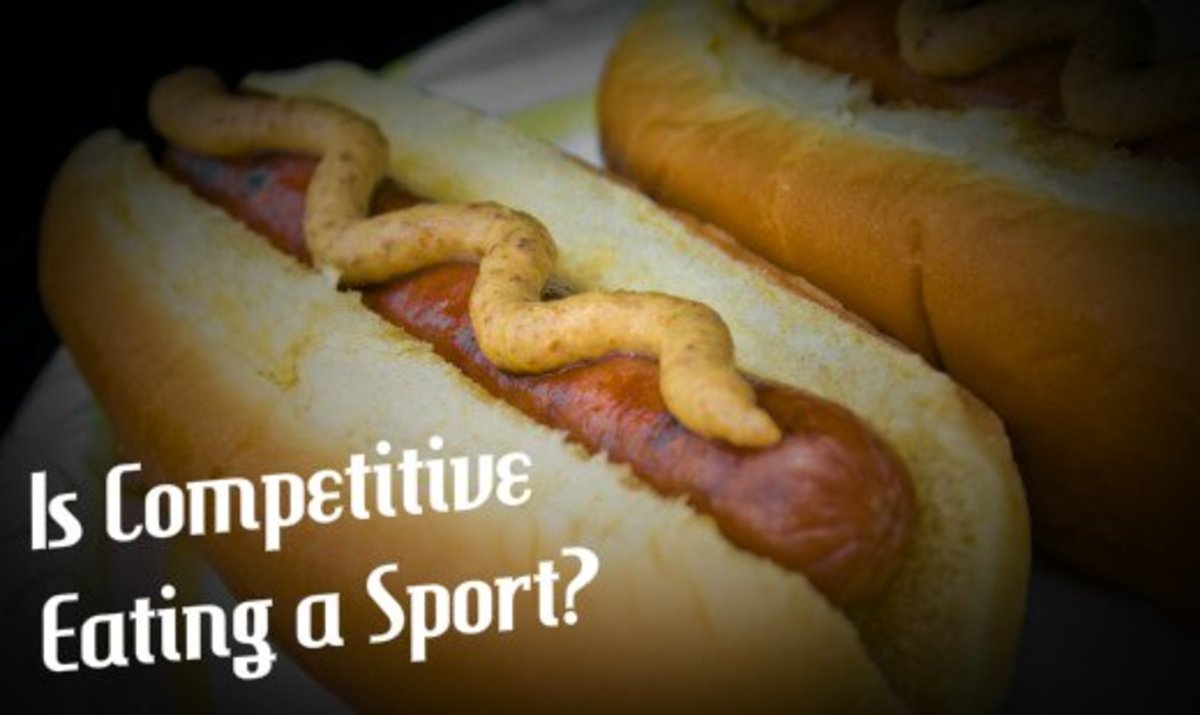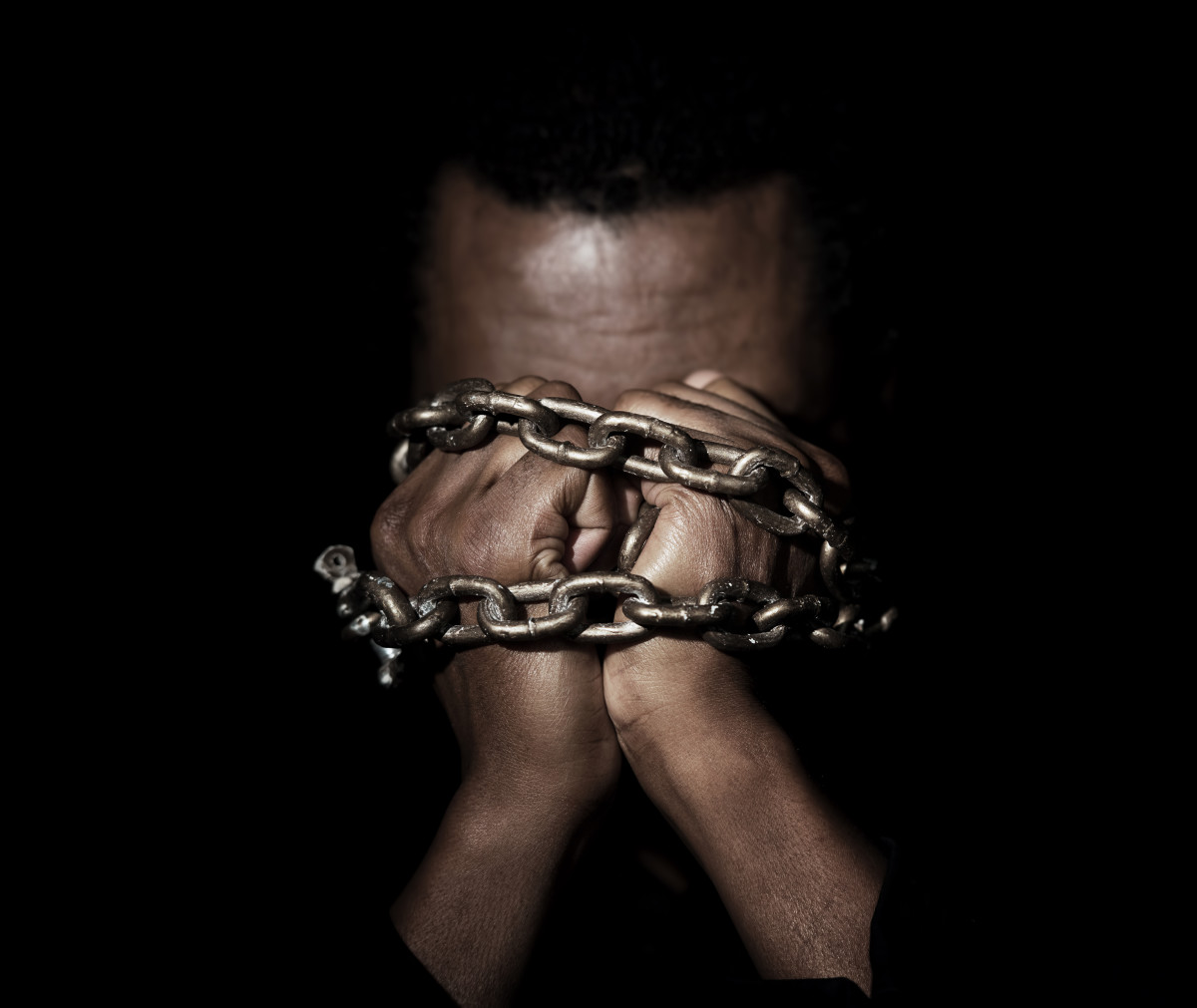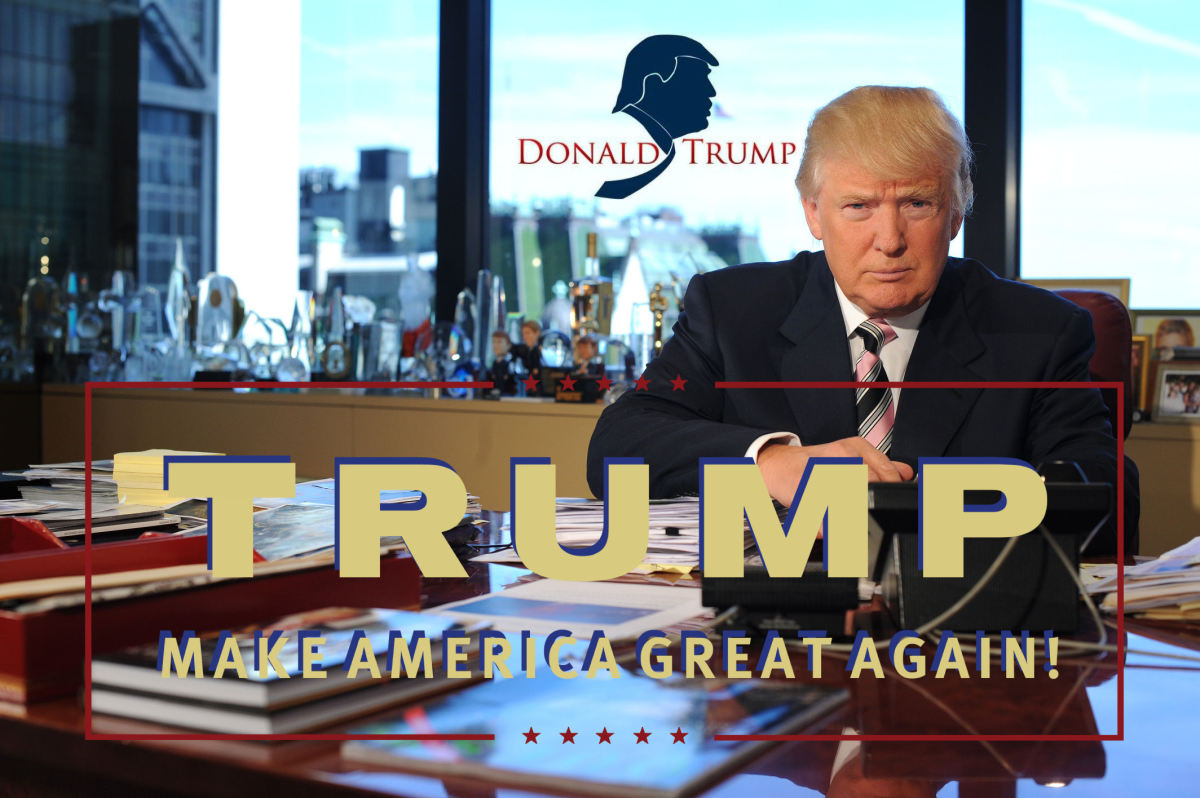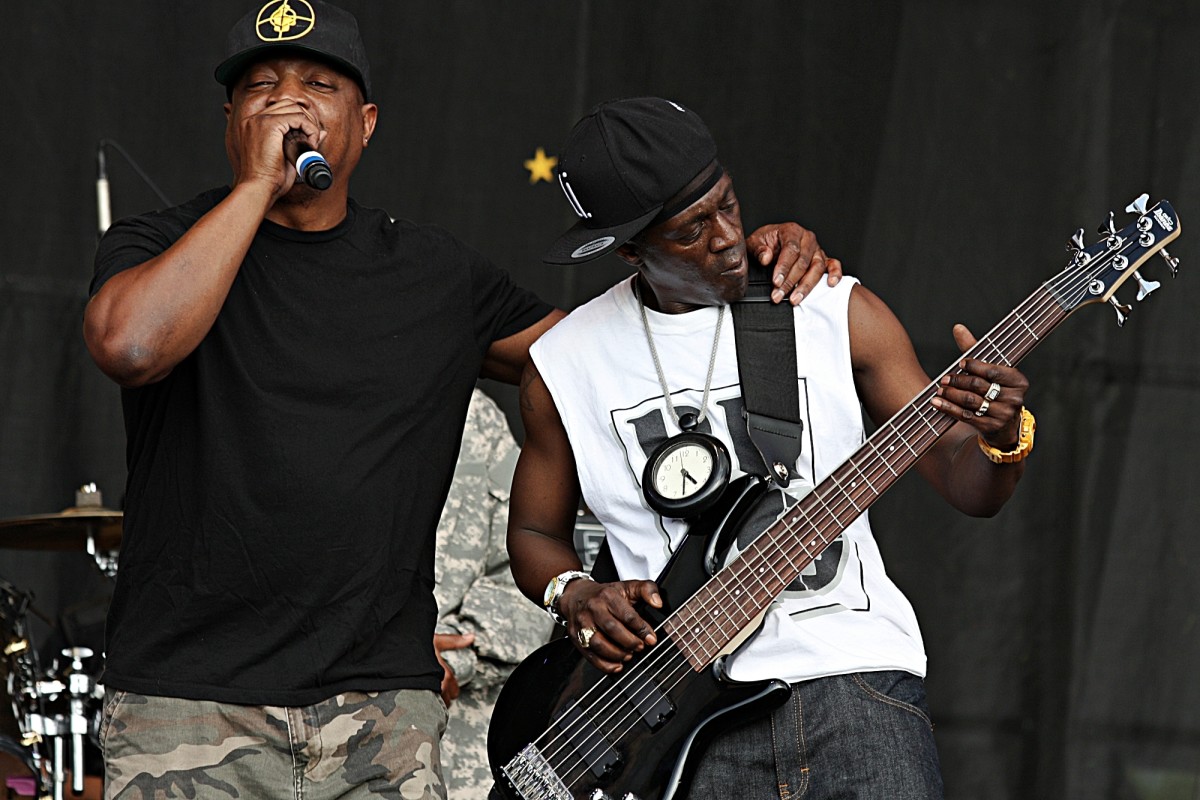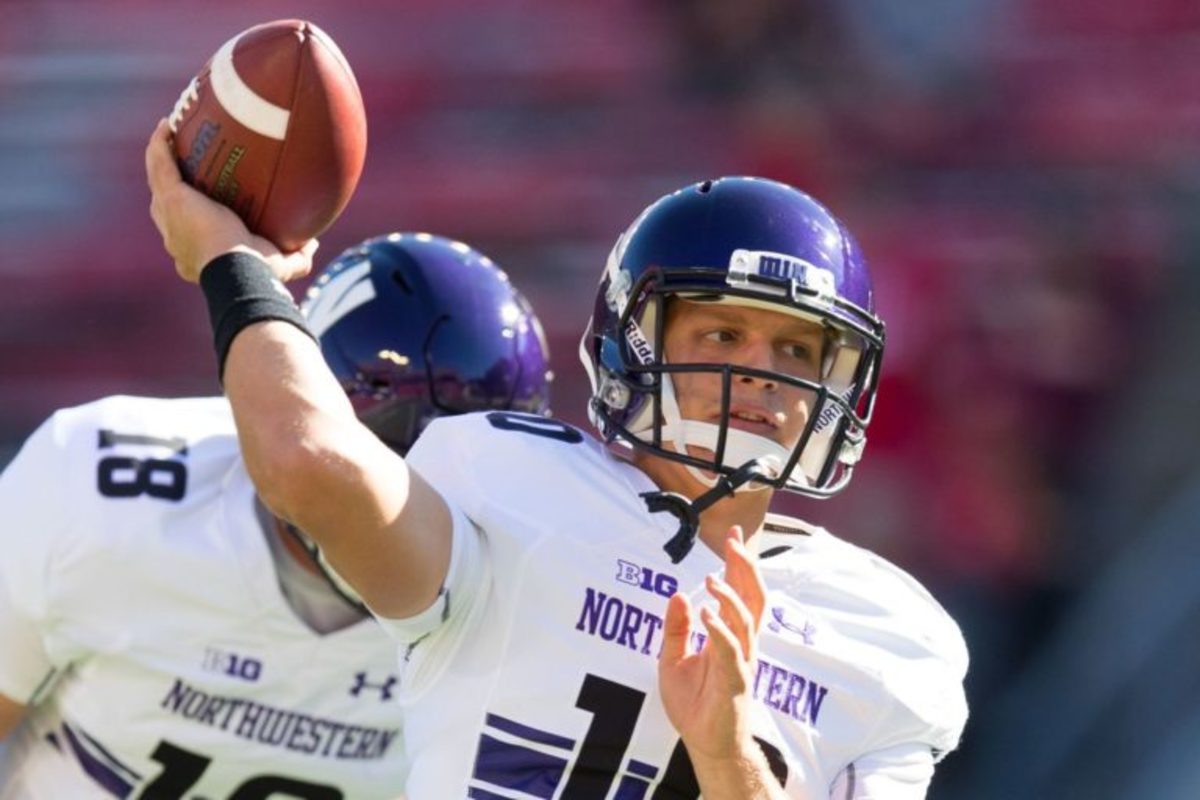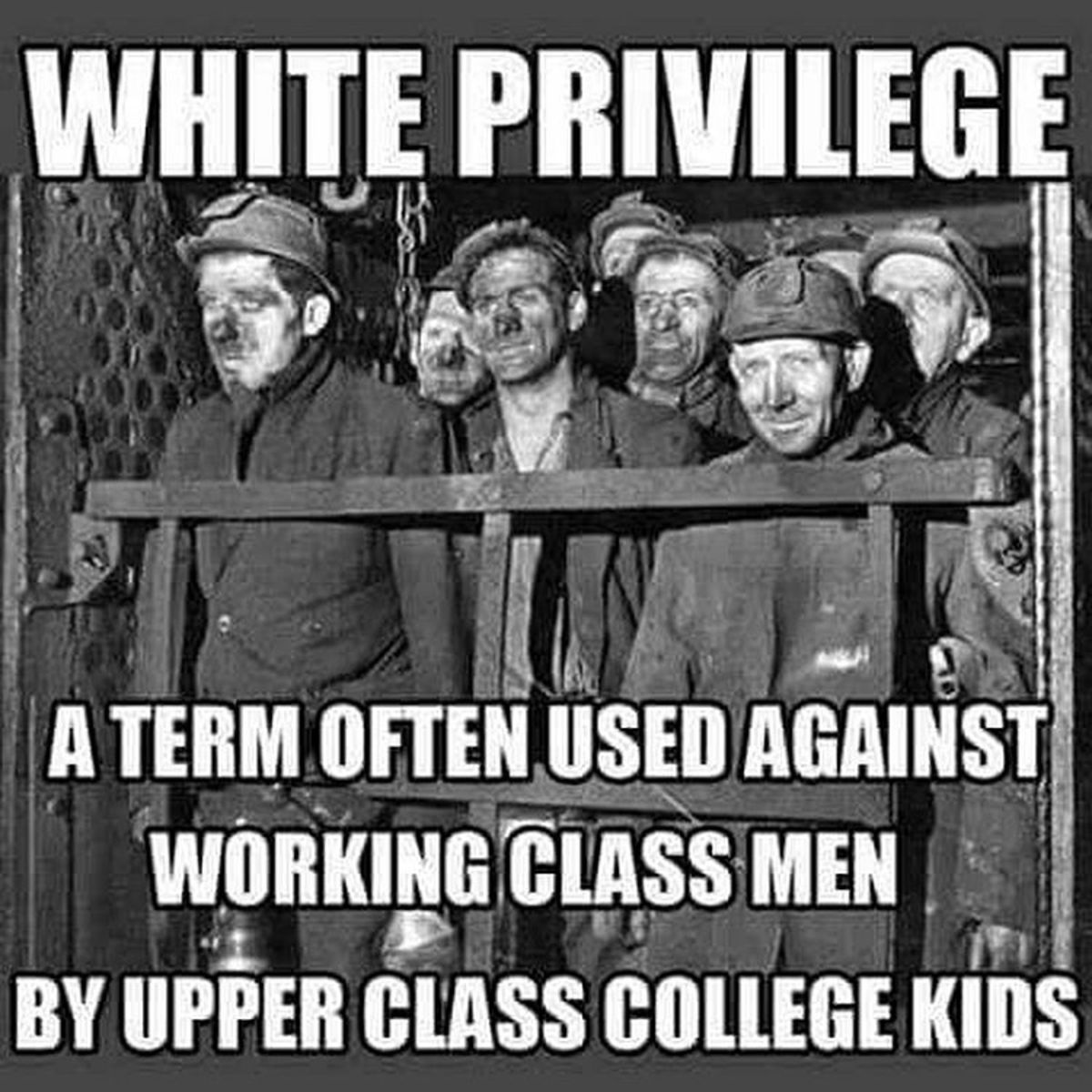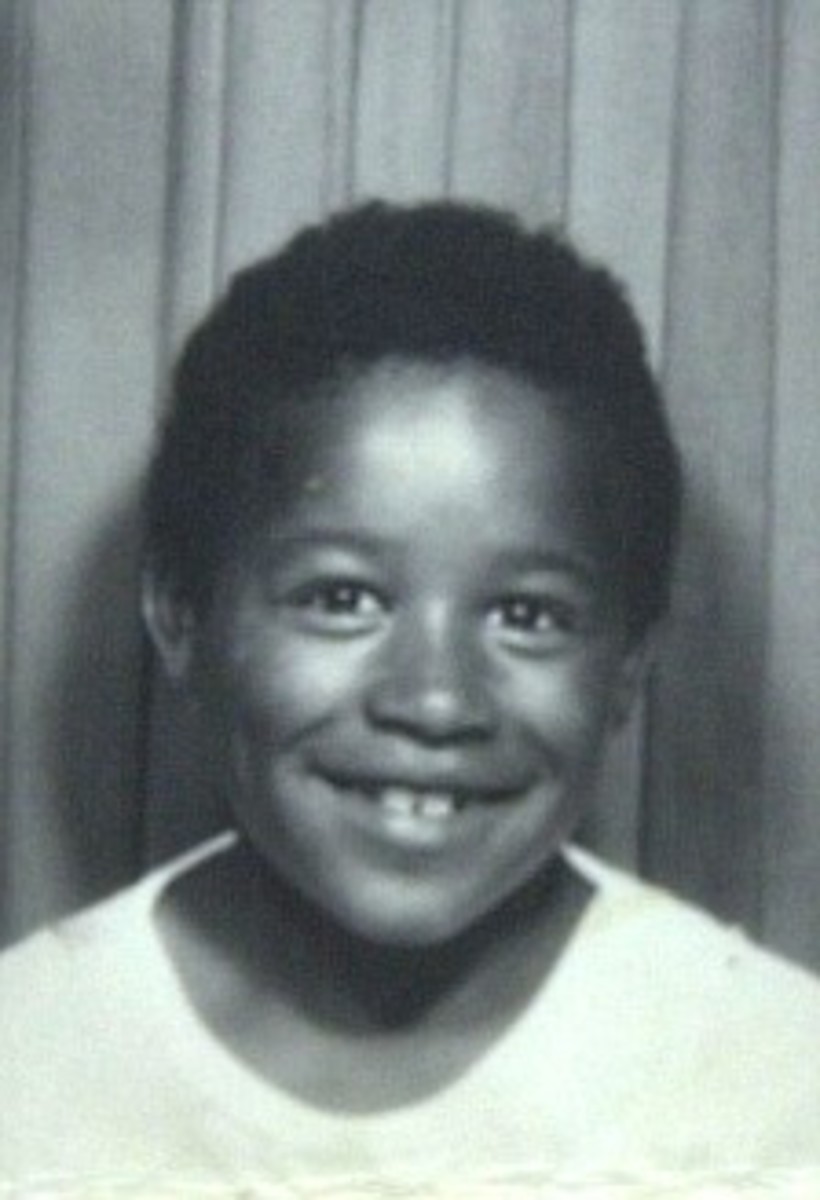Fighting For Equality: The Role of Social Protests in Sports
Social protests in sports dates back long in history. Athletes have been using their platform of performance to convey messages to the people and many have been successful in making changes through their actions. The issue of social protest in sports, however, does have different sides to it depending upon how different individuals see it.
Going back to the 1936 Olympic Games, Jesse Owens, a four-time Olympic gold medalist, in his open letter to a Young Negro discusses how we must learn to see a person beyond the color of the skin. Owens was walked out by Hitler as he considered Owens as a person of inferior race capable of giving inferior performance. Despite this incident, Owens and Hitler’s example of Aryan supremacy, Luz Long, became lifelong friends during their short encounter at the Olympics game. While the two nations were on the verge of war and conflict, Owens and Long saw past their skin color and nationality to what was within their heart. Owens says that he exchanged letters with Long for three years when he finally went to his glory while fighting in the war. Although Long was a Nazi white man who was compelled to fight against Owen’s motherland, they shared a priceless bond of humanness. Owens later went to see Long’s wife and his son, Karl, who never really had a chance to know his father. This friendship out of love towards the humanness in each other will forever be praised and talked about. Owens in his letter says that one must be human beings first and last and that is what he wants every one of us to value.
Moving three decades further into the history, we again find the story of yet another Olympics Game that raised the question of racial injustice in the United States. It was during the 1968 Olympics Game in Mexico City when two young and brave African-Americans named Tommie Smith and John Carlos raised black-gloved fists during the medal ceremony. They wanted their nation to know that the egalitarian promise made to the African-American people had not been fulfilled. Later, the International Olympic Committee, led by Avery Brundage, threatened to expel the whole U.S. team if the athletes were not severely punished. Thus, Smith and Carlos were forced to leave the Olympic village the next morning and were stripped of their medals later. Although black athletes had won 7 of 12 U.S men’s track and field gold medals and black women team won 3 gold medals, their situation back in home was worse. Moreover, the media of 1968 also didn’t try to understand the gesture made by Smith and Carlos. There was hardly any sentence explaining what moved the athletes to go to such lengths in order to make their voices heard. Carlos says, "I had friends in the chow line. I don't think people disliked me. They disliked the guy they read about” (qtd. in Moore). As Smith and Carlos closed their fists, they had also enclosed their life in them. Their lives were indeed caught and held by their act. They couldn’t participate in track and field anymore. They were out of a job and with a family to feed. Smith had to struggle every day to keep his uncertain football career while Carlos had to take odd jobs like bouncer that paid $65 a week to make ends meet. Although Smith and Carlos were unemployed, criticized and hated by many, they never regretted their actions. Smith says that under the circumstances back then, he had to do it. When freedom called, they stood up. They still stand.
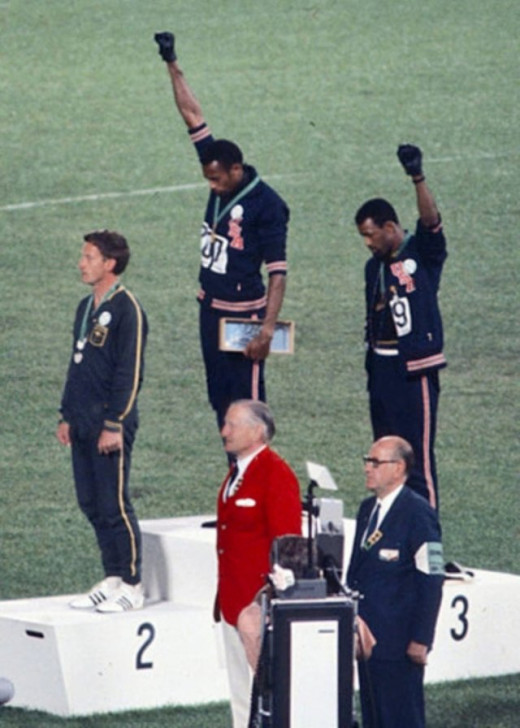
Smith and Carlos did their part in making their voices heard through their platform. However, almost half a century later the issue of racial injustice still looms in the country of free people. This has resulted in yet another African-American athlete, Colin Kaepernick, to stand up against such injustices. Kaepernick -an NFL player- chose to kneel during the national anthem as a protest against police brutality towards African-American people. His decision to kneel during the anthem has sparked debate about the place for social protests in sports once more. While many people support Kaepernick and his stance, some people think that his act shows disrespect towards the American flag and the soldiers who fought to keep the flag fluttering with pride. Kaepernick, however, has repeatedly made clear that his protest is not against the soldiers or the veterans of the country, but against the injustice going on towards the people of color.
Whether it is Owens, Smith and Carlos or Kaepernick, each one of them have stood up for the right reasons. They all stood up for racial injustice prevalent in the society. Owens’ way of protest was by proving himself while the others made bold gestures. Many people like to weigh Owens on one side and the other athletes in another, but we should also keep in mind the difference in the time frame between these athletes. African-Americans were oppressed much more in 1936 than in 1968 or 2016. It is very possible that Owens was bounded by family or other personal responsibility that he did not raise his voice aggressively. More than Hitler refusing to shake Owens’ hand during the medal ceremony, he was disappointed by the way his country treated him. He once said, “After all those stories about Hitler and his snub, I came back to my native country and I couldn’t ride in the front of the bus. I had to go to the back door. I couldn’t live where I wanted. Now what’s the difference” (qtd. in Lewis). Even after he did everything the dominant white society wanted, he couldn’t get a job or be treated respectfully. So, we just cannot expect what the consequences would be if he was to go against the desires of white people.
Smith and Carlos, however, demonstrated in a very brave way. Unlike Owens, the young men were ready to face the consequences. With their black power salute, they ignited the most politically potent protest in the entire Olympics. Just as expected, the white people on power did not like the idea of people whom they once enslaved to demand equal rights and opportunity. Thus, Smith and Carlos faced unimaginable difficulties right from the day they raised their fists. The case of Kaepernick almost 50 years after is similar to Smith and Carlos in a way that he too made a gesture to speak out against the discrimination. The difference, however, is that Kaepernick was financially stable before he protested, so even with the consequences such as not getting a playing position in any team despite having the skills has not affected him as much as it did to Smith and Carlos. Another key difference would also be the role of media during the time of Kaepernick and Smith and Carlos. As mentioned earlier, the reason why Smith and Carlos had to raise the fists was never talked about in sports illustrations or shows. Thus, the people naturally had a bad image about them because the media hardly tried to convey the true message to the people. On the other hand, the fairly recent case of Kaepernick has been much talked about in the media. The matter of police brutality against African-American people has been debated and it has gained a lot of attention from people and the government. President Trump himself used some offensive language directed towards Kaepernick for his kneeling.
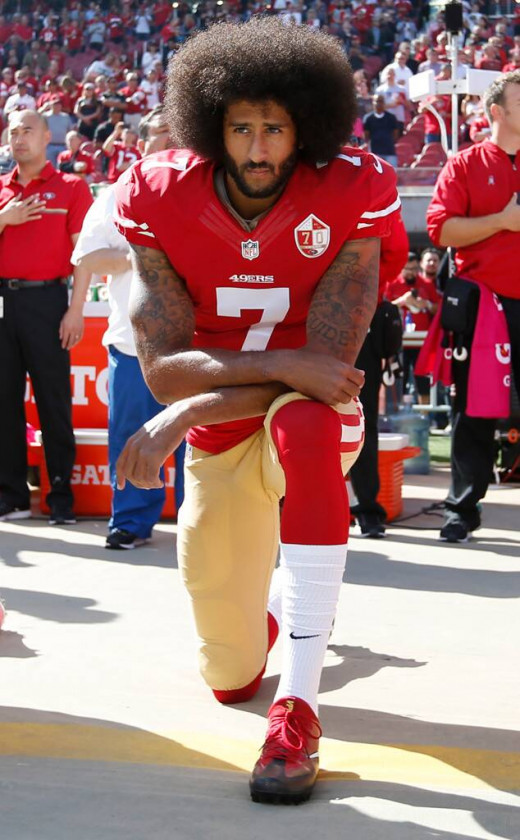
From the countless protests and demonstrations made in hope for a change, it is clear that American society still has a lot of deep-rooted problems. However, there has always been a question if sport events are really the place to protest. Also, the question of what kind of protest is digestible to the people in power has been debated largely. For me, I believe the athletes have every right to voice their opinions, even during sports events. Athletes are generally on public spotlights and a gesture made by a single individual can draw the attention of millions of people who might have never thought about an issue or its impact.
The United States of America in itself is a result of the protests and voices raised by our forefathers. It is the protests such as The Boston Tea Party, The March of Washington and others that have shaped this country to what it is today. Therefore, it is totally fine for athletes to demonstrate their thoughts peacefully. The United States of America boasts itself as a country where freedom of speech is largely practiced. Unfortunately, when athletes have to be jobless and get death threats for speaking for a social cause, it becomes truly necessary to question if freedom of speech even exists. A recent case of Colin Kaepernick sparked a similar kind of debate. Some people think what Kaepernick did is necessary while others think that kneeling during the national anthem is not the right time for protest. Even the white house has repeatedly attempted to rebrand the protest as a protest against the American flag and the soldiers who fight for the country. I disagree with this notion that kneeling during the anthem shows disrespect towards the military. Yes, the soldiers have indeed fought for this country and they rightfully earn respect. However, the soldiers fight so that the people can live a life without fear, where they get equal opportunities and where they truly feel free. Thus, how can Kaepernick be disrespecting the soldiers if both, him and the soldiers, are trying to do the same thing in different ways? It is important to note that the soldiers did not die in action so that people like Kaepernick should stand during the anthem, they died so that they can choose if they decide to sit, stand or kneel.
Just after Kaepernick decided to kneel, Megan Rapinoe, USA women’s national soccer team captain, also decided to kneel in support of the protest against racial discrimination. Rapinoe says, “I can understand if you think that I’m disrespecting the flag by kneeling, but it is because of my utmost respect for the flag and the promise it represents that I have chosen to demonstrate in this way. When I take a knee, I am facing the flag with my full body, staring straight into the heart of our country’s ultimate symbol of freedom — because I believe it is my responsibility, just as it is yours, to ensure that freedom is afforded to everyone in this country” (qtd. in Rapinoe). This strong message settles the discussion that kneeling is not about being disrespectful to the flag and country, but rather it is showing respect to the country that has failed to show us the respect in return.
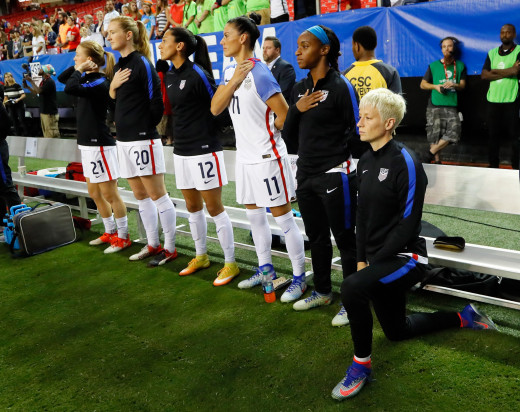
If we are to search for a perfect moment or a time to protest, then there will never be any change. Every citizen of the country must try to make their nation great and the same rules apply to athletes as well. Whether it is a protest, demonstration or a march, as long as it is for a right cause without violence, it should always be welcomed. Mohammed Ali, Owens, Smith and Carlos, Kaepernick, Rapinoe and others did not put everything on stake for nothing. They wanted a better future of our nation and isn’t it what every one of us want? Thus, there is no right way of protest, there is no right time for protest. If it is for the sake of country, making a non-violent gesture is a right of every person and it is never limited by the color of the skin, ethnicity, religion, culture or creed. As Robert Frost said, “Freedom lies in being bold”, let us all be bold to stand up for injustices and see how we can make our nation great.
Works Cited
Moore, Kenny. “The Eye of The Storm.” Sports Illustrated, 12 Aug. 1991,
https://www.si.com/vault/1991/08/12/124682/the-1968-olympians-the-eye-of-the-storm-the-lives-of-the-us-olympians-who-protested-racism-in-1968-were-changed-forever. Accessed 7 Sept. 2019.
Lewis, Jason. “Black History: Political and social statements at the Olympics.” Los Angeles Sentinel, 18 Feb. 2011, https://lasentinel.net/black-history-political-and-social-statements-at-the-olympics.html. Accessed 7 Sept. 2019.
Rapinoe, Megan. “Why I Am Kneeling.” The Players Tribune, 6 Oct. 2016, https://www.theplayerstribune.com/en-us/articles/megan-rapinoe-why-i-am-kneeling. Accessed 7 Sept. 2019.
Mindock, Clark. “Taking a knee: Why are NFL players protesting and when did they start to kneel?” The Independent, 4 Feb. 2019, www.independent.co.uk/news/world/americas/us-politics/taking-a-knee-national-anthem-nfl-trump-why-meaning-origins-racism-us-colin-kaepernick-a8521741.html. Accessed 7 Sept. 2019.
© 2020 Wilbur Acharya

